Geosmin, 2-Methylisoborneol
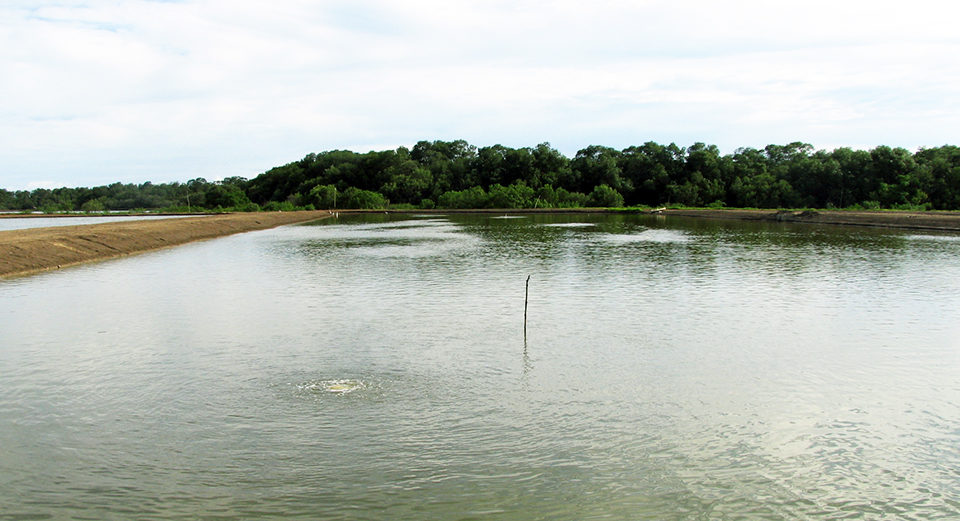
The sensory profile of aquacultured fish and shellfish is the result of several compositional and environmental factors. Compounds produced by microflora or chemicals in the growing water have a significant effect on sensory composition. Additionally, naturally occurring enzymes or those produced by bacteria in the fish or shellfish tissue can result in significant sensory changes. Biochemical reactions from auto-oxidation, processing operations, packaging materials and diet can also affect sensory composition.
Off-flavors
Off-flavors are undesirable flavors in fish and shellfish that render them permanently or temporarily unmarketable. Two reports state that off-flavors are responsible for 25 to 54 percent of fish harvesting delays, so off-flavor is a critical problem for the aquaculture industry.
Harvest delays can cause economic losses by forcing producers to retain fish in ponds longer. This creates an increased risk of loss due to disease problems, loss of sales at processing facilities, reduced feed efficiency and delays in stocking the next fish crop. Also, consumers may be reluctant to make another purchase after consuming a product with unacceptable flavor or taste, and expansion into new markets can be inhibited.
The presence of off-flavors is not isolated to pond-produced fish. Off-flavors also arise in partially and fully recirculating aquaculture systems. In recirculating systems, the off-flavor compounds are produced in the aerobic parts of the treatment system.
Causes
The most common off-flavors are caused by metabolites of blue-green algae. These off-flavors are typically referred to as “musty” from 2-methyli-soborneol (MIB) and “muddy” from geosmin. The presence and intensity of the off-flavor taints vary seasonally and are associated with blooms of the phytoplankton, typically in the warmer months.
Pond-based studies have shown that geosmin had a weak positive correlation with air and soil temperatures, and a weak negative correlation with wind velocity. MIB showed a strong positive correlation with air and soil temperatures, a moderate negative correlation with wind velocity and a weakly positive correlation with maximum humidity.
There appeared to be no bivariate relationship among rainfall, minimum humidity or pond size and levels of either off-flavor compound. The best predictors for off-flavor status based on geosmin levels included minimum soil temperature, rainfall and minimum humidity. The best predictors for off-flavors due to MIB include minimum soil temperature and average wind velocity.
A wide range of phytoplankton species have been identified as producing MIB, geosmin or both. The two most common organisms responsible for the production of these compounds are cyanobacteria and actinomycetes. Fish in aquaculture systems that use or receive surface waters can thereby acquire earthy/muddy/musty taints even if the organisms responsible for the off-flavors do not grow in the aquaculture facility.
Quality control
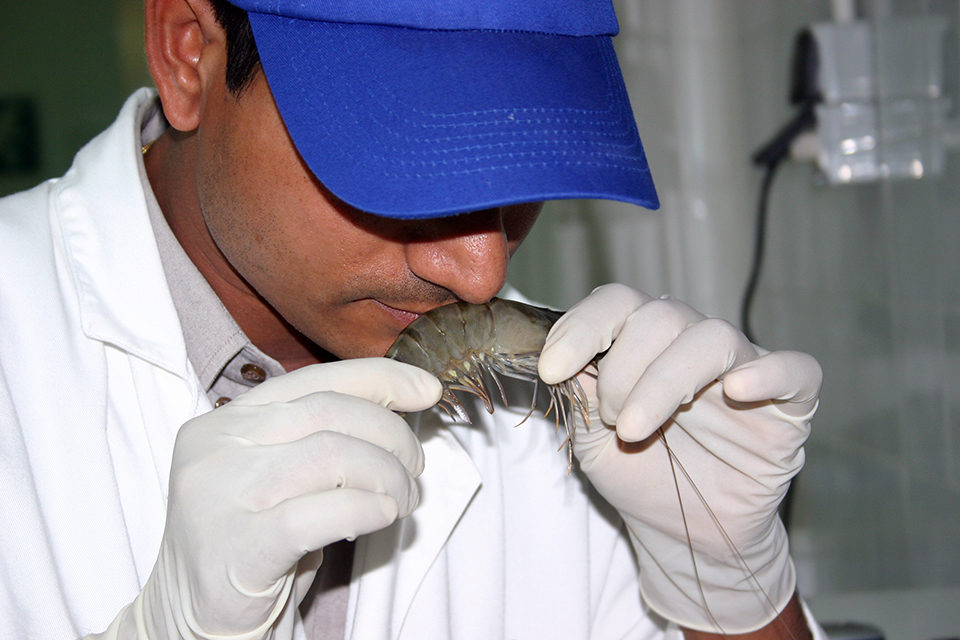
There do not appear to be effective aquaculture practices that prevent growth of the organisms or halt their production of tainting chemicals. Because of this, the usual strategy for quality control is to transfer affected fish into clean water for depuration prior to marketing. Practical experience and laboratory trials have shown that uptake of flavor is rapid, occurring within hours of exposure, but depuration is slow, requiring several days to fully purge the fish.
Reasonable detection threshold values for geosmin and MIB in water are typically defined as 0.015 and 0.035 µg/L, respectively. However, detection thresholds in fish are not always the same due to several possible effects. One is the masking of flavors of geosmin and MIB by the flavor of the fish, but given the generally mild flavors of freshwater fish, this effect is likely to be small.
In catfish, the lowest reported values for geosmin and MIB odor thresholds have been 0.2 and 0.5 µg/kg, respectively. The published detection threshold values in trout vary from 1.2 to 1.5 µg/kg for geosmin and from 0.55 to 0.80 µg/kg for MIB. Detection thresholds in fish are also affected by the lipid content of the fish. The greater the lipid content, the greater the expected threshold concentration in the fish flesh.
When fish are exposed to an organic chemical in their growing water, the chemical is absorbed and accumulated in the tissues through a passive process. The chemicals can be acquired through the gills, from the gut and through the skin. In the case of MIB and geosmin, uptake is overwhelmingly through the gills. Uptake through the skin is a minor route in market-sized fish from aquaculture.
Movement of MIB and geosmin through the gills is reversible. The compounds will move out of the fish into ambient water when levels of the compounds in the water decrease or when the fish are transferred to clean water. Chemicals can also be lost from the fish by excretion in the feces and urine, but this does not seem to be important in the case of MIB, and probably is not for geosmin, either.
Detection
Off-flavor detection is most commonly determined by a sensory evaluation using the methodology for general sensory evaluation of foods summarized in ISO 13301 of the International Organization for Standardization. The panel of assessors can consist of professional evaluators, or the evaluation can be made by trained assessors. These methods of evaluating off-flavor provide a safety margin, because the large majority of consumers are less sensitive to off-flavors than the selected jury.
The sample size for catfish off-flavor evaluation was established at 30 samples. This large number is needed to identify the within-pond fish flavor variance. It was reported that MIB induces adaptation in assessors. As such, a waiting period of 14 minutes was recommended between each sample assessed. Some countries (France, for example) specify that the following sensory evaluation must be made prior to processing: “The product does not present any bad taste, notably an earthy/musty one.”
Dogs have been trained to detect MIB and geosmin in water. At the 10 ng/L target compound concentration tested, the dogs’ correct identification of off-flavor samples varied from 30 to 95 percent, depending on the sample and the dog. Dogs may provide practical early detection of off-flavor problems in aquaculture ponds.
Management
One management approach for controlling musty off-flavors in cultured fish is the application of algicides to ponds. However, in some countries, the product used must receive prior approval from a government regulatory agency.
Another option is the weekly use of copper sulfate, which has a long history as an algicide in aquaculture and may be fully approved for use in aquaculture. Alternatively, one research project showed that the application of sodium carbonate peroxhydrate was successful when off-flavors were detected for less than two months, and where application of the chemical was accomplished uniformly over the entire pond surface.
(Editor’s Note: This article was originally published in the May/June 2011 print edition of the Global Aquaculture Advocate.)
Author
-

George J. Flick, Jr., Ph.D.
Food Science And Technology Department
Virginia Tech/Virginia Sea Grant (0418)
Blacksburg, Virginia 24061 USA
Tagged With
Related Posts
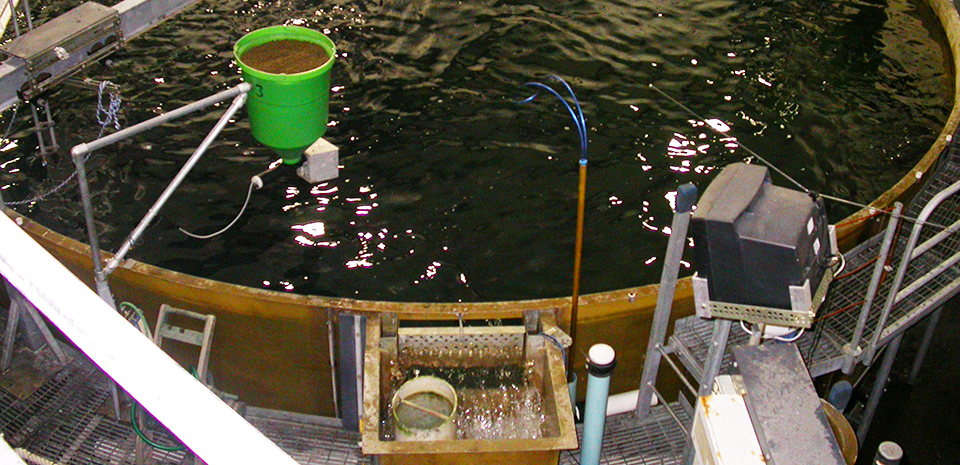
Health & Welfare
Off-flavors in salmonids raised in RAS
The presence of compounds such as geosmin and 2-methylisoborneol (MIB) in recirculating aquaculture systems (RAS) can result in earthy or musty off-flavors in salmonids raised in the systems.

Health & Welfare
Biofloc technology reduces common off-flavors in channel catfish
In studies that used biofloc systems to culture channel catfish, culture tanks were susceptible to episodes of geosmin and 2-methylisoborneol and subsequent bioaccumulation of off-flavors in catfish flesh.
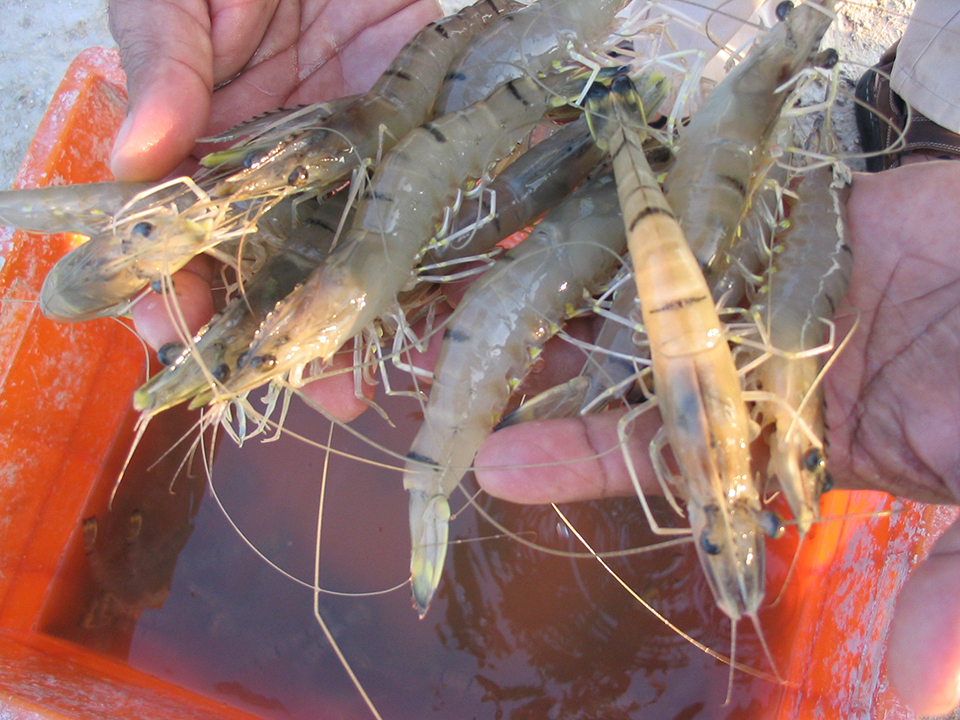
Intelligence
Off-flavors in aquaculture products, part 2
Off-flavors in seafood can stem from a variety of sources. Industrial effluents can at least secondarily contribute to off-flavors in fish. Off-flavor oxidative carbonyl compounds increase during cold storage of some farmed fish.
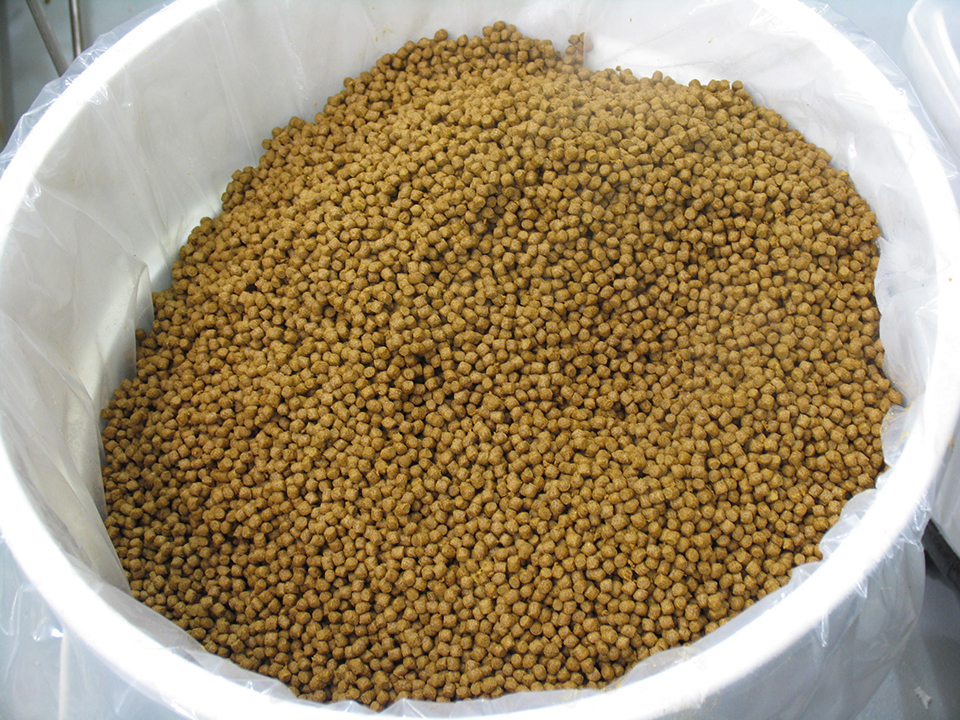
Intelligence
Off-flavors in aquaculture products, part 3
Off-flavor compounds produced by low-molecular-weight amine compounds present in fish are degraded into ammonia or other nitrogenous compounds during storage.

